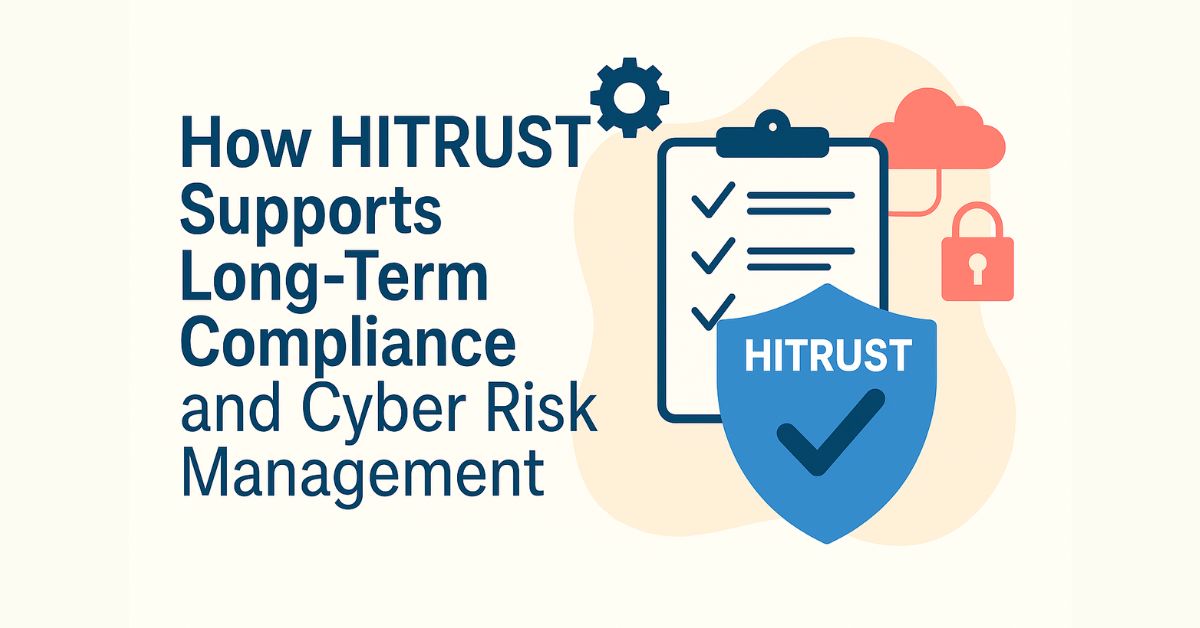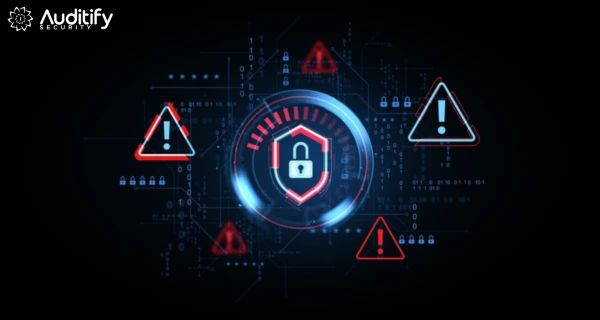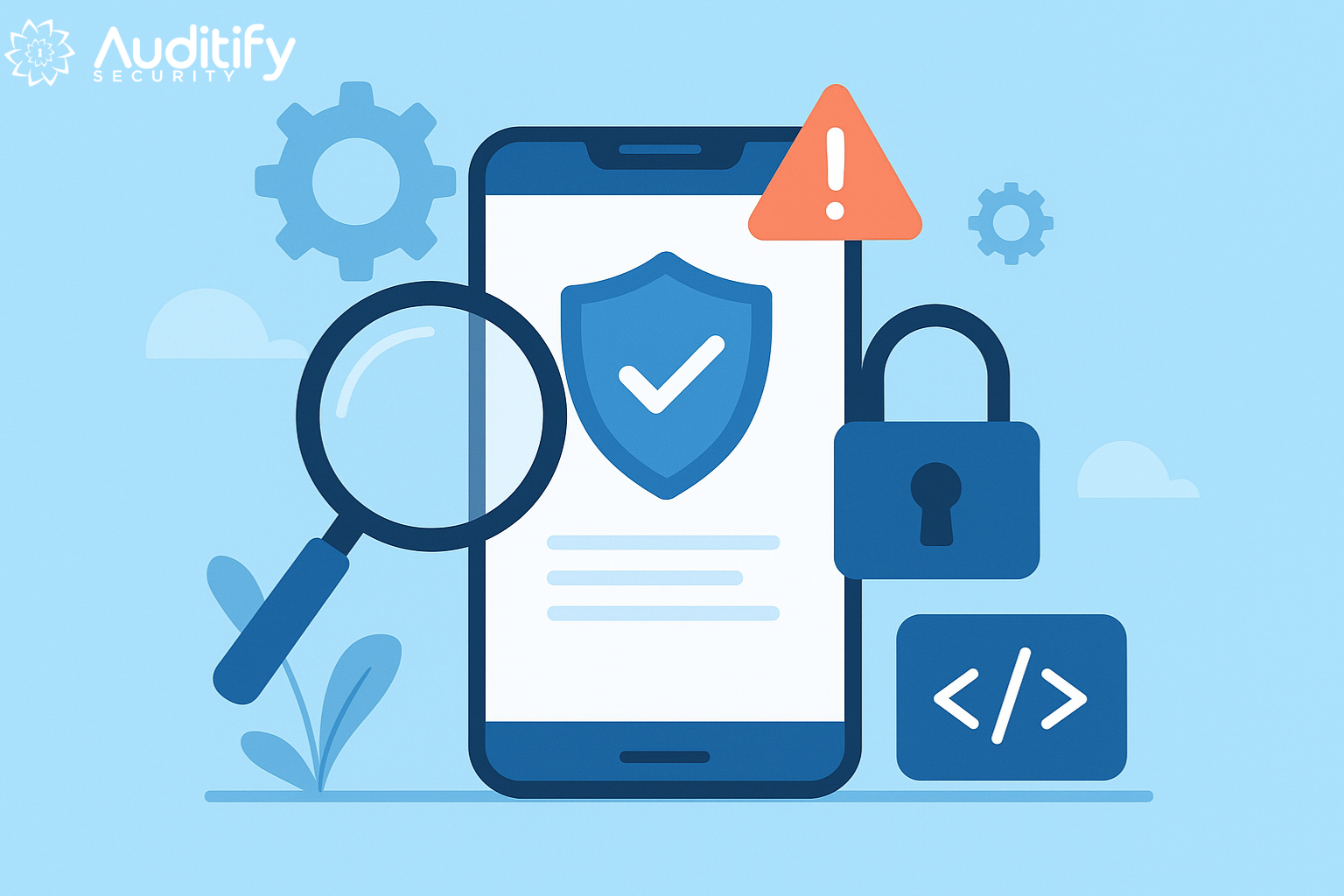In the modern threat environment, protecting sensitive data is not only a matter of regulation, it's a business imperative. With organizations struggling with stringent data protection regulations and ubiquitous threats of cyberattacks, standards such as HITRUST (Health Information Trust Alliance) have become a sound platform for long-term compliance and cyber risk mitigation.
To maintain long-term security, organizations need structured, trusted frameworks. That’s where HITRUST compliance services play a crucial role. They help align internal practices with industry standards while reducing redundancies across multiple regulations. With a unified framework, businesses can efficiently monitor risks, close compliance gaps, and stay audit-ready. Over time, this strengthens resilience. More importantly, it reduces the stress of navigating complex requirements manually. Companies that adopt HITRUST early on are better positioned to scale securely and meet future demands.
What Is HITRUST and Why Does It Matter?
The HITRUST CSF (Common Security Framework) is a comprehensive, certifiable framework that integrates multiple regulatory requirements and security standards into a single structure. These include HIPAA, ISO, NIST, PCI-DSS, and more.
The goal? To simplify compliance while enhancing data protection across industries—especially in healthcare, life sciences, finance, and cloud service providers.
HITRUST doesn’t just cover what to do; it outlines how to do it. It guides organizations through a risk-based, scalable process for implementing controls, documenting processes, and monitoring performance.
HITRUST: More Than a Compliance Badge
Many organizations treat compliance as a checkbox activity. They prepare for an audit, pass it, and return to business as usual—until the next cycle.
But that approach is risky.
HITRUST promotes a culture of continuous compliance. Instead of a one-time security assessment, it requires organizations to build and maintain robust, repeatable processes. The HITRUST CSF requires frequent control monitoring, evidence collection, and reassessment, ensuring that businesses stay compliant even as their risk environment changes.
This isn’t just helpful—it’s essential in a world where regulations evolve, threats multiply, and systems become more complex.
How HITRUST Enhances Cyber Risk Management
Let’s explore how HITRUST directly supports effective cyber risk management strategies:
-
Risk-Based Approach
HITRUST assessments are tailored to your organization’s specific risk profile—including its industry, size, and technical environment. This means you don’t waste resources on irrelevant controls. Instead, you focus on what matters most to your unique threat landscape.
-
Continuous Monitoring and Maturity Levels
The HITRUST framework incorporates five maturity levels—from policy documentation to fully tested and regularly updated controls. This structure allows businesses to track their progress, identify gaps, and incrementally improve over time.
Additionally, organizations are encouraged to implement ongoing monitoring processes. This proactive stance minimizes the risk of compliance drift and helps detect threats early.
-
Integrated Framework
By mapping multiple standards into one structure, HITRUST reduces the redundancy and complexity involved in managing separate compliance programs. This consolidation not only saves time but also ensures a comprehensive and cohesive approach to security.
-
Third-Party Risk Management
In today’s interconnected world, third-party vendors often introduce vulnerabilities. HITRUST offers a standardized method for assessing vendor security postures, making it easier to ensure your partners maintain appropriate safeguards.
Long-Term Compliance Starts with Process and Culture
Achieving HITRUST certification isn’t a one-off project—it’s a journey.
Organizations must embed security practices into daily operations. This includes staff training, regular policy reviews, and system audits. Over time, these practices shape the organization’s culture, making compliance and risk management part of the natural workflow.
Employees learn to treat data responsibly. Systems are configured to defend against known and emerging threats. Leaders make informed, security-focused decisions.
And with HITRUST, every action is documented, measurable, and aligned with best practices.
Adapting to Regulatory Changes with Ease
One of the biggest challenges in compliance is keeping up with changing laws and standards. From GDPR to new HIPAA rules, the regulatory landscape is constantly evolving.
Here’s where HITRUST shines.
The HITRUST CSF is regularly updated to reflect new laws, emerging threats, and changes in industry standards. When organizations align with the HITRUST framework, they can quickly adapt to new compliance requirements—often without overhauling their entire system.
This level of agility is essential for long-term survival in regulated industries.
Cost Efficiency Over Time
At first glance, HITRUST certification may seem expensive. It involves detailed assessments, documentation, and possibly external consultants.
But in the long run, it saves money.
Why?
Because the cost of non-compliance is far greater. A single data breach or regulatory fine can cripple a business. HITRUST helps avoid these risks by embedding preventive and detective measures across the organization.
Also, once certified, organizations can reuse their certification for multiple regulatory needs, avoiding the cost and complexity of running separate audits for HIPAA, NIST, or SOC 2, for instance.
Building Trust with Stakeholders
Trust is a currency in today’s digital economy. Clients, partners, and investors want to know their data is safe.
When a company holds a HITRUST certification, it sends a clear signal: We take data security seriously.
This certification provides independent, verifiable proof that the organization meets industry-recognized security standards. It opens doors to new partnerships, enhances brand credibility, and strengthens client relationships.
For healthcare providers, fintech companies, or SaaS vendors handling sensitive data, HITRUST is a strong competitive differentiator.
Why Choose a HITRUST Partner?
Managing HITRUST internally is possible—but not easy.
That’s why many companies turn to certified partners for guidance. These professionals help navigate complex control requirements, assist with gap analysis, and streamline documentation and testing.
Working with a qualified HITRUST compliance service not only saves time but also increases the likelihood of success on the first try.
Conclusion
Long-term compliance and cyber risk management are not checkboxes—they’re commitments. HITRUST provides a clear, comprehensive path to achieving both. By aligning your organization with the HITRUST framework, you're not just protecting data—you're building a resilient, trusted, and future-ready business.
At Auditify Security, we specialize in helping businesses implement and maintain HITRUST compliance with confidence. Whether you're just starting out or preparing for your next certification, our experts will guide you every step of the way.
Let’s secure your future—together.





